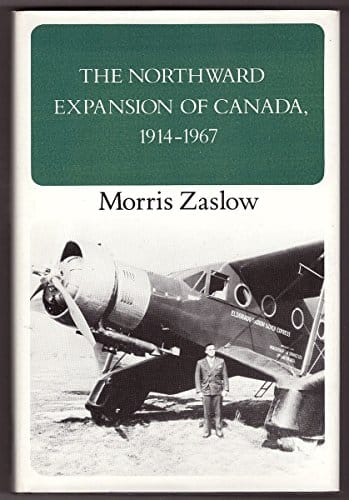Description
pp. 421,”Volume XVII of the Canadian Centenary SeriesNow available as e-books for the first time, the Canadian Centenary Series is a comprehensive nineteen-volume history of the peoples and lands which form Canada. Although the series is designed as a unified whole so that no part of the story is left untold, each volume is complete in itself.In the concluding volume of his study of the evolution of the Canadian North since Confederation in 1867, Morris Zaslow details with encyclopedic scope the accelerating change typical of the second half of that era. In this period the frontiers of agriculture and industry swept northward from near the international border to their economic limits. In the search for oil and natural gas, these limits were also close to the country’s physical limits. Assisted by new roads, extended railways, improved river transportation, and the new airplane, settlers, prospectors, and developers cleared land, sought mineral treasures, opened enterprises, and established permanent settlements in areas formerly used for hunting and trapping by Native peoples.At the same time, the institutions of society and government familiar to southern Canadians followed at a more measured pace. Although this northward expansion was temporarily curbed by the Great Depression and wartime, the Second World War brought a new kind of northern development. The exploring expedition during the early-20th century aside, Canadian sensibilities and sovereignty in the Far North were more upset by the presence of United States forces engaged in joint defence projects during the war and in high-technology surveillance in the tense years of the Cold War. All of these activities reduced the possibility for Native peoples to continue to follow their old ways, already compromised by wildlife exploitation and environmental degradation. In the face of challenges from white hunters and resource developers, Native peoples in Canada’s North suffered from ineffectual efforts or benign neglect by government. Unprepared for the social and economic revolution of the 1950s and 1960s, they were overwhelmed by the rush of events. Professor Zaslow follows their problems sympathetically and examines the efforts of recent governments to help them adapt to the new conditions. First published in 1988, Professor Zaslow’s important contribution to the Canadian Centenary Series is available here as an e-book for the first time.”






